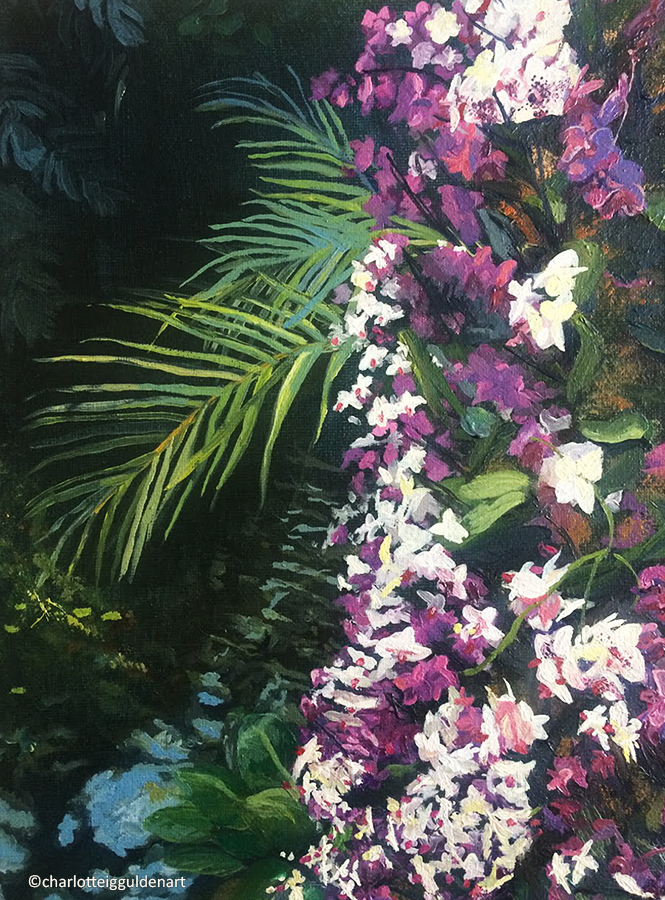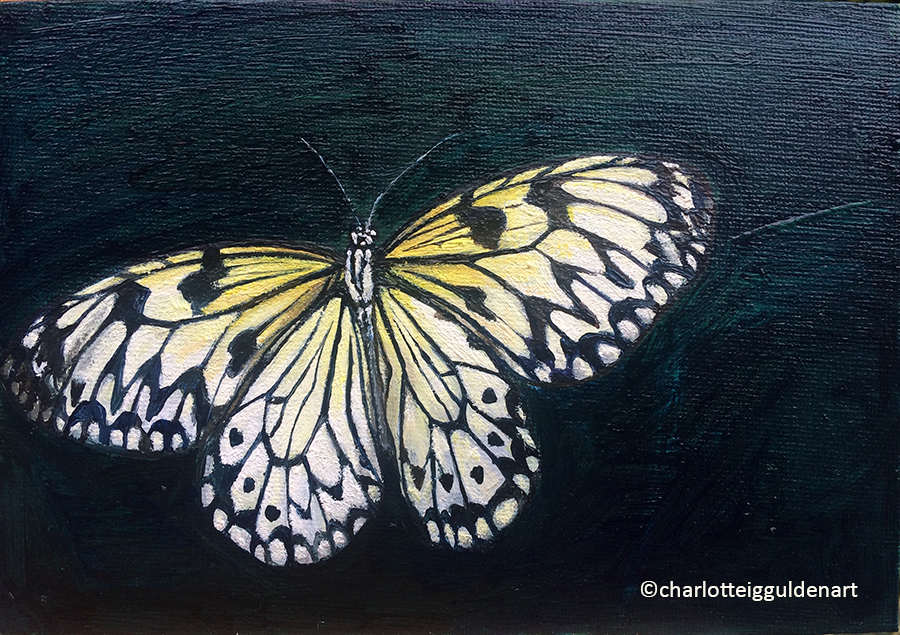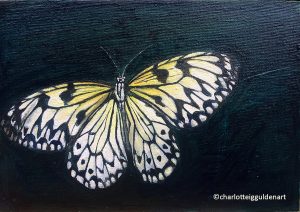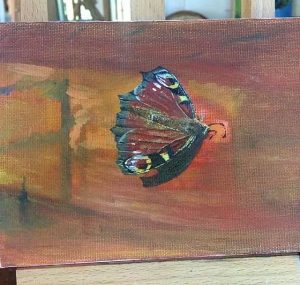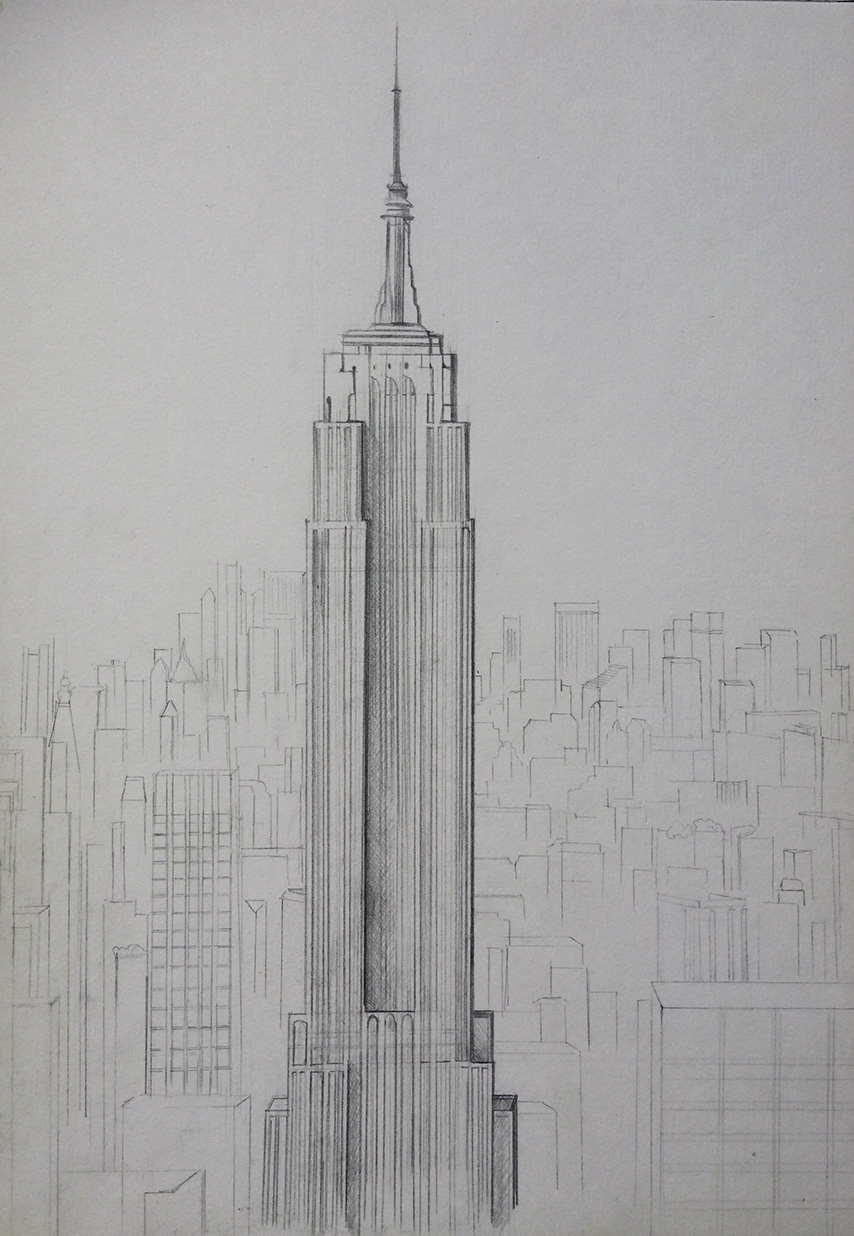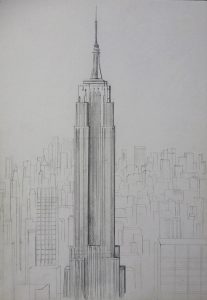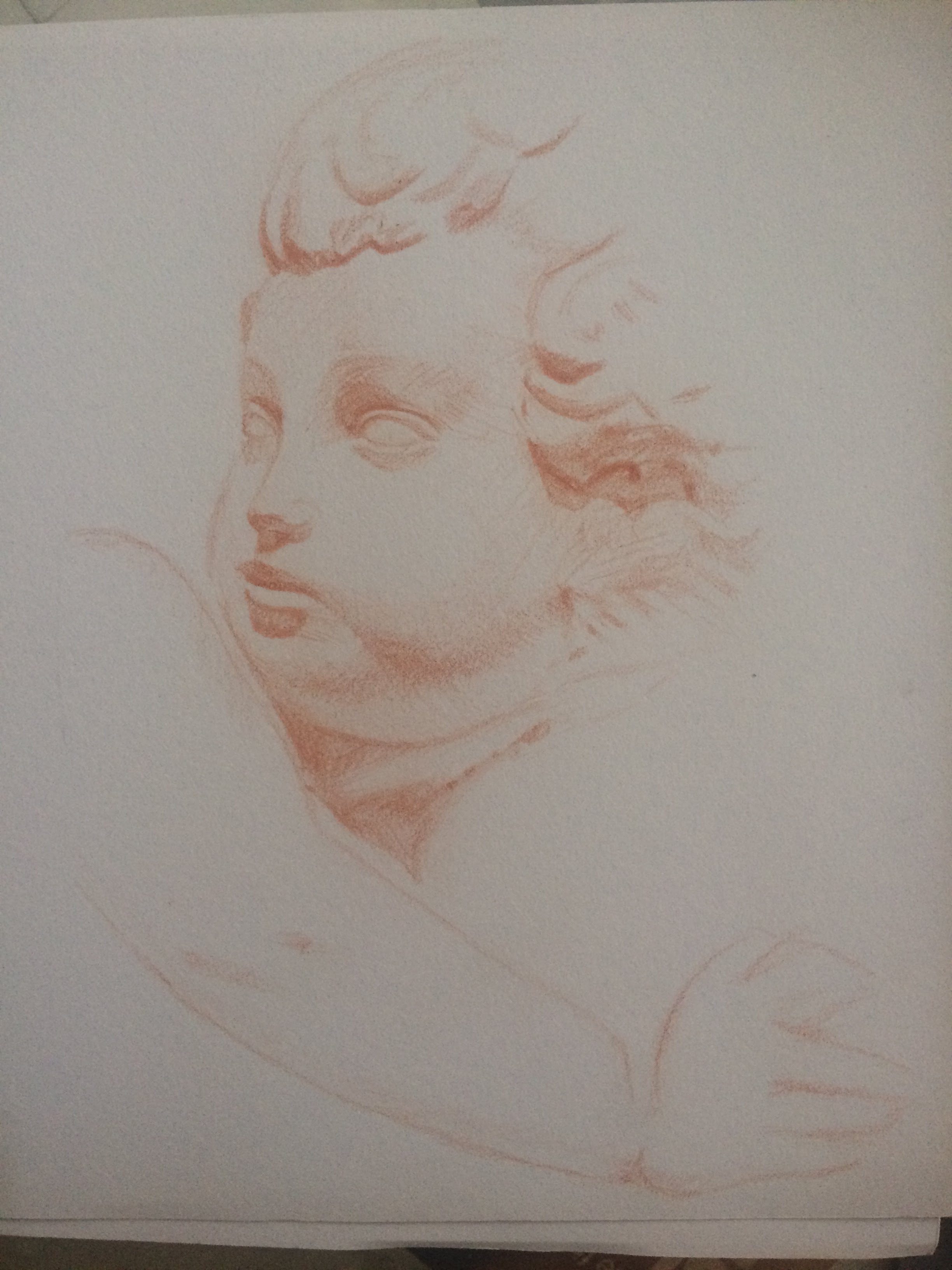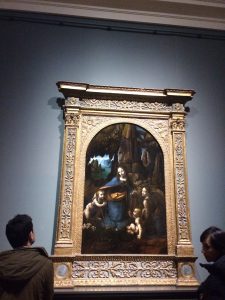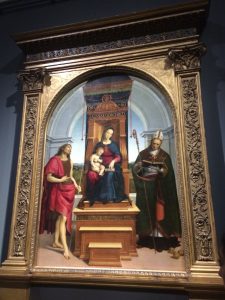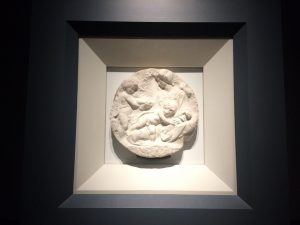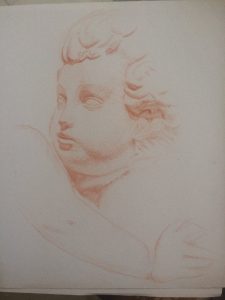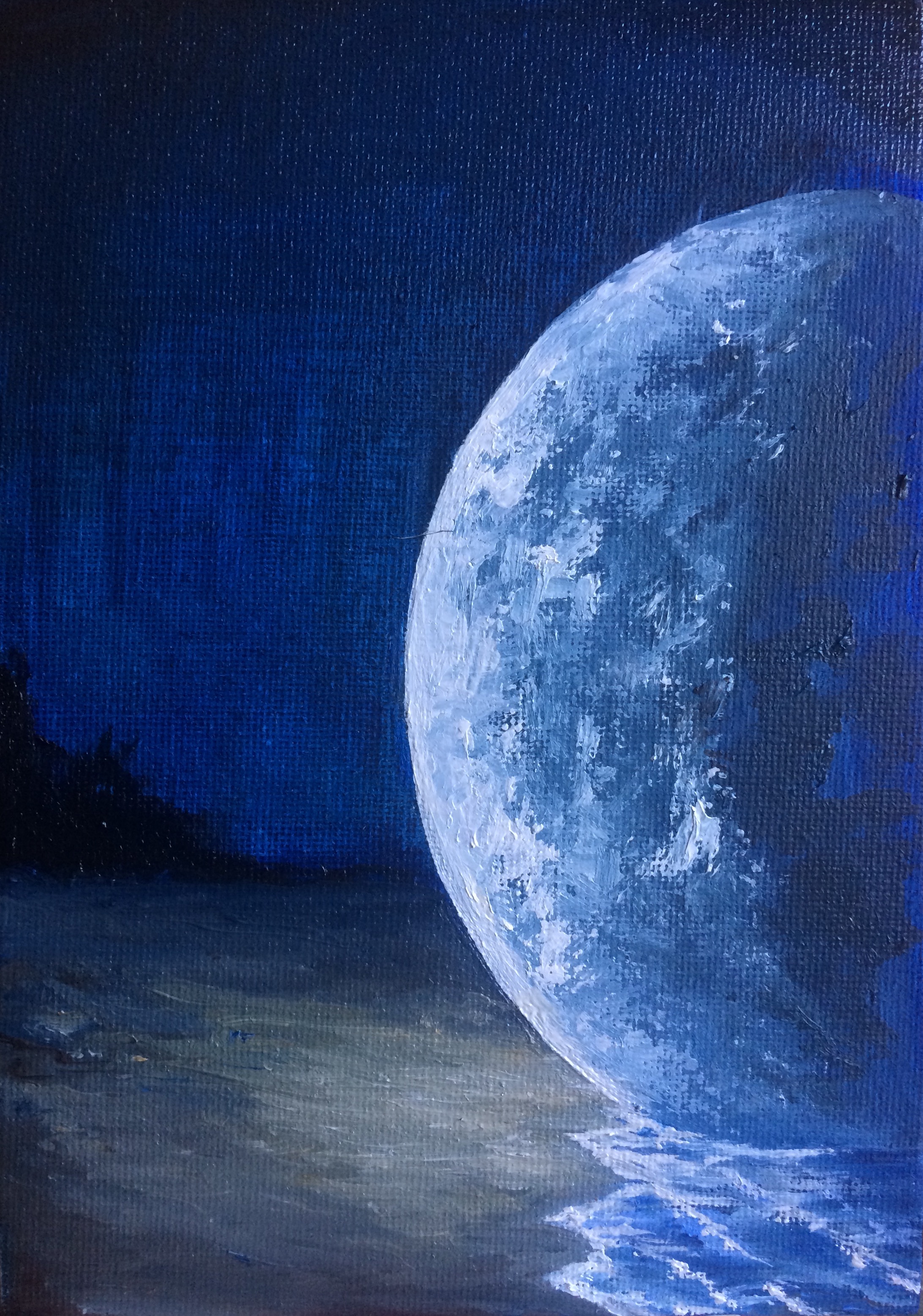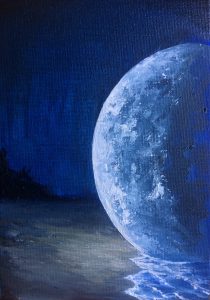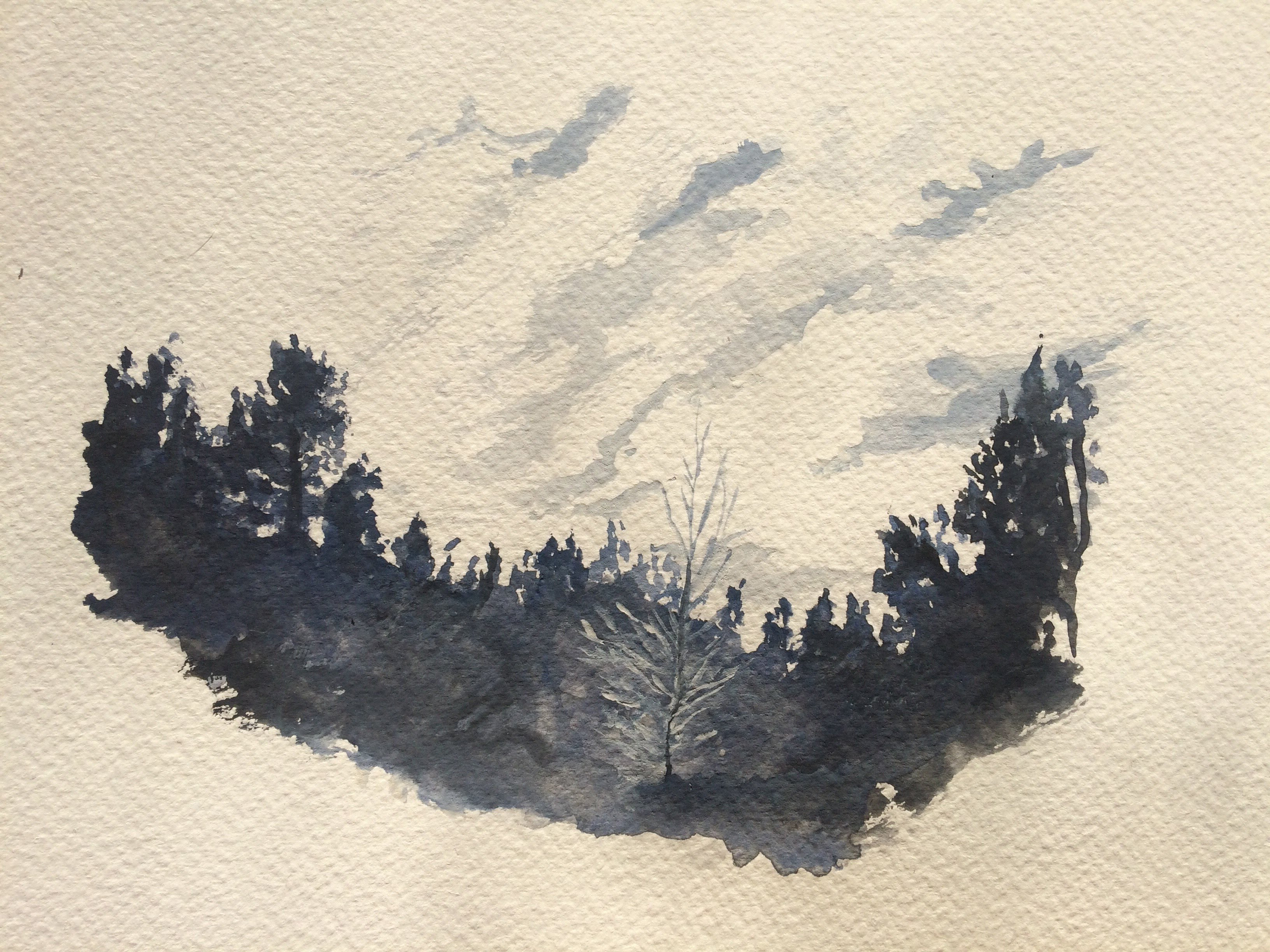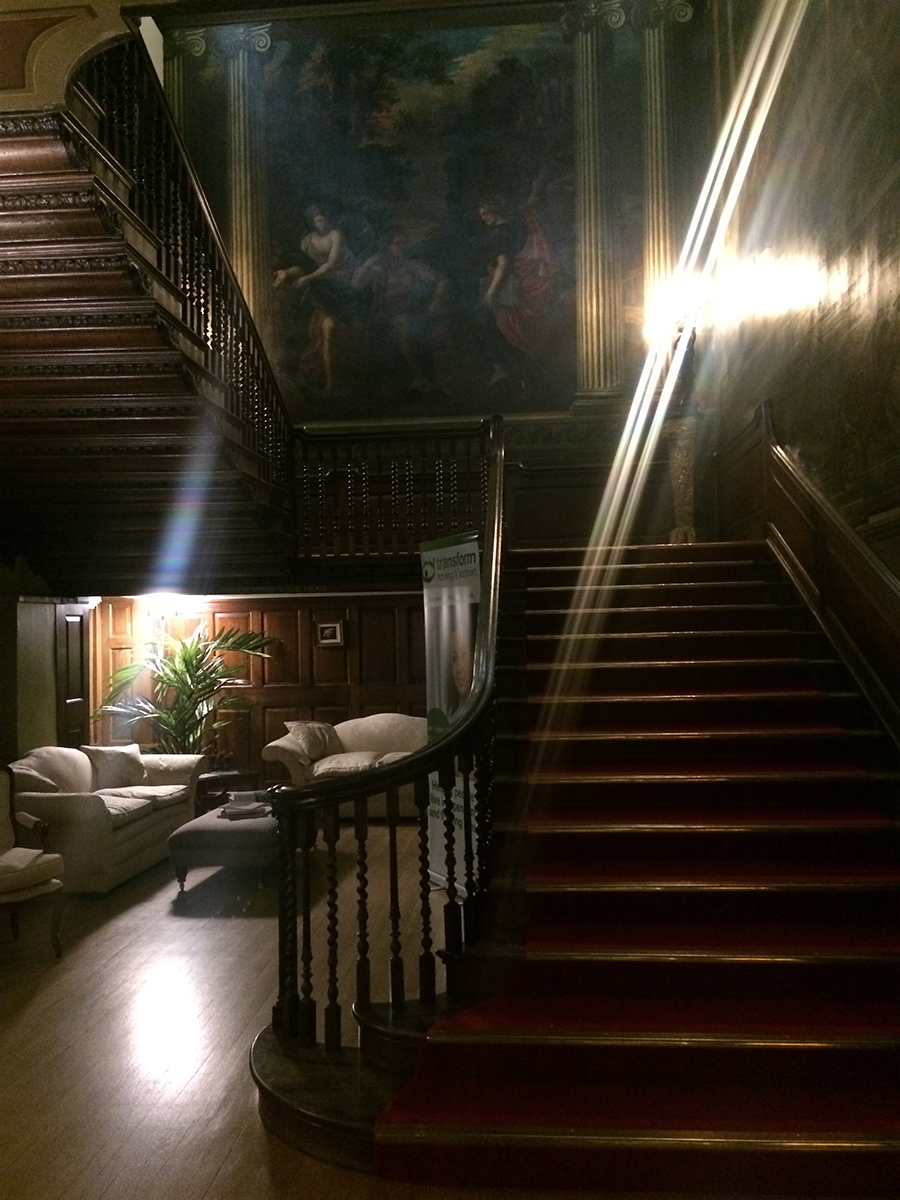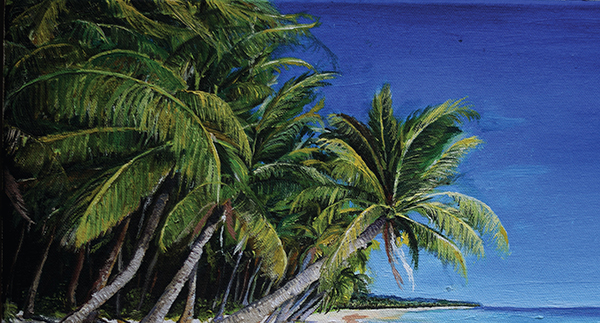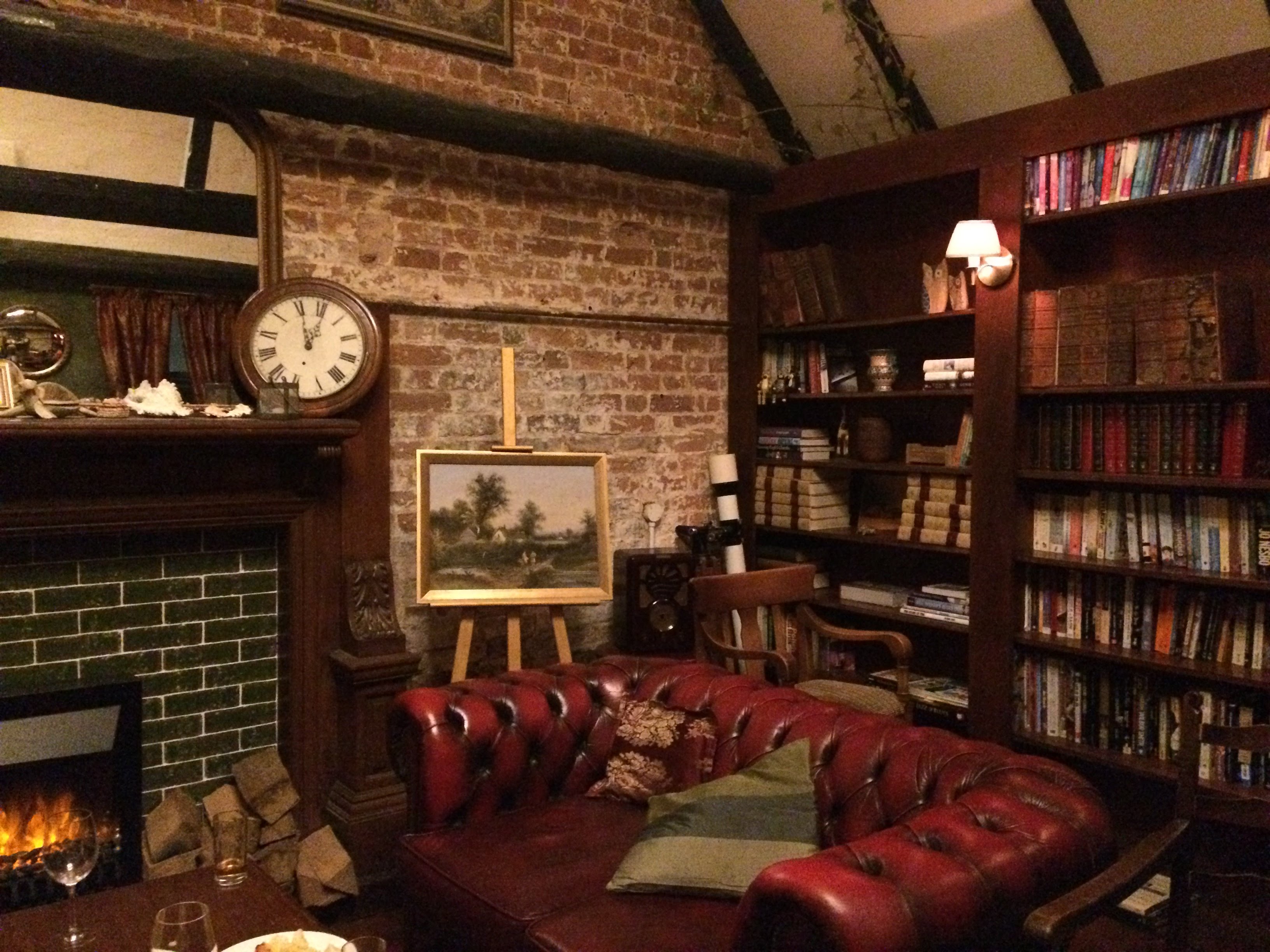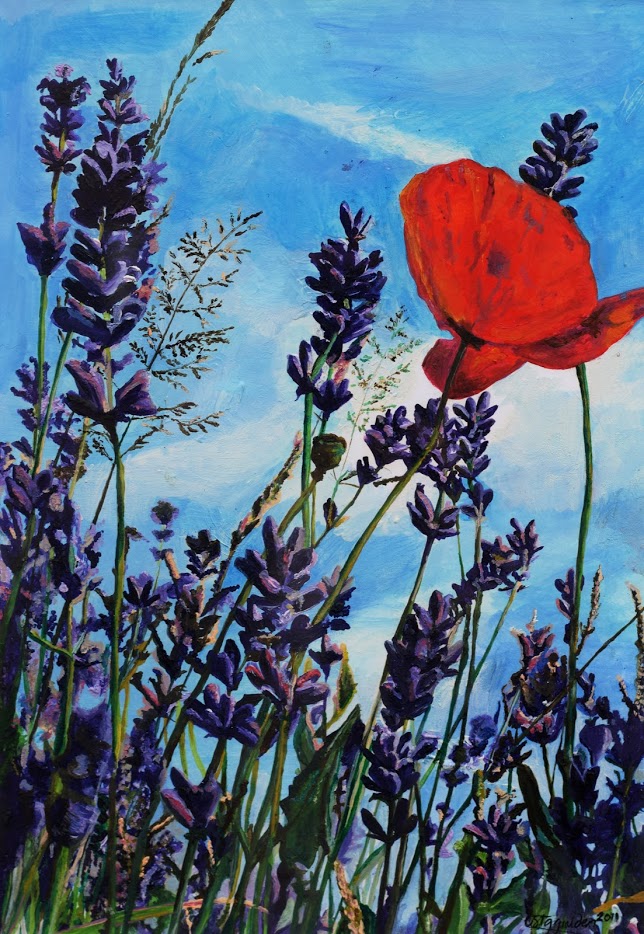‘If mothers were flowers, you would be the one I would pick.’
Here is a work in progress oil painting, inspired by the tropical orchids on display at the recent Thai orchid festival at Kew Gardens. The flowers were reaching towards the stream beneath the glasshouse bridge and I wanted to evoke the sense of tranquillity, where you felt almost as if you had arrived in an island oasis:
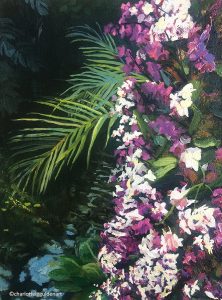
From 10 February to 11 March 2018, The Princess of Wales glasshouse at The Royal Botanic Gardens, Kew, was transformed into a tropical oasis, transporting visitors to the floral shores of Thailand in an extravagant celebration of its culture and botanical heritage.
My family and I attended the last weekend of the 23rd orchid festival at Kew for Mother’s Day. It was a feast for the senses, with over 4,000 Phalaenopsis (moth) orchids arrayed in beautiful centrepieces, or seemingly ‘growing wild,’ either lining the paths or intertwining around trees. Their sweet fragrance infused the atmosphere and colour abounded, with hues of purple, pink, red, orange, yellow, green at every turn. Traditional Thai music was performed live in one area of the glasshouse, with the sound permeating through the garden, enhancing the immersive experience. The variety of tropical orchids and plants on display was breathtaking and a delight for every visitor and particularly every mother visiting the glasshouse on this special day.
Sculptures hewn from flora and fauna appeared at different intersections of the garden and a forest of mangroves lined areas of the path and stream. I was also pleasantly surprised to see a cocoa tree that was native to Thailand, and to learn that cocoa butter is often squeezed from its seeds. Incredibly, miniature rice paddy fields were also successfully cultivated in the glasshouse.
The main attraction of the orchid garden was the floating Palace centrepiece, measuring at 16.5ft x 13ft and intended to be a replica of Bang Pa In Palace in Thailand. 600 orchids adorned the sculpture, representing the rich diversity of their flora. The Royal Thai Embassy in London also generously lent a number of Thai crafted parasols to Kew for the festival.
Kew Gardens has worked alongside the Queen Sirikit Botanical Garden in Chiang Mai, Thailand, for many years, focusing on mutually beneficial projects that include the study and conservation of Thailand’s rich variety of flora and fauna. Their relationship was formalised in 2010, through a signing orchestrated by Kew scientist Dave Simpson.
Phalaenopsis orchid species are native to tropical Asian countries, including Thailand, Borneo, Java and the Philippines. However for this display at Kew, they were actually grown at Double H nurseries in New Milton in the South of England.
The Cymbidian orchids at the glasshouse were also British grown in East Sussex, supplied by McBean’s Orchids and are on regular display at Kew’s annual orchid festivals.
Surprisingly, several orchid varieties do grow wild in Britain’s temperate climate, see when and where you can spot nine species here. You can also learn how to grow them successfully with this horticulturalists guide.
